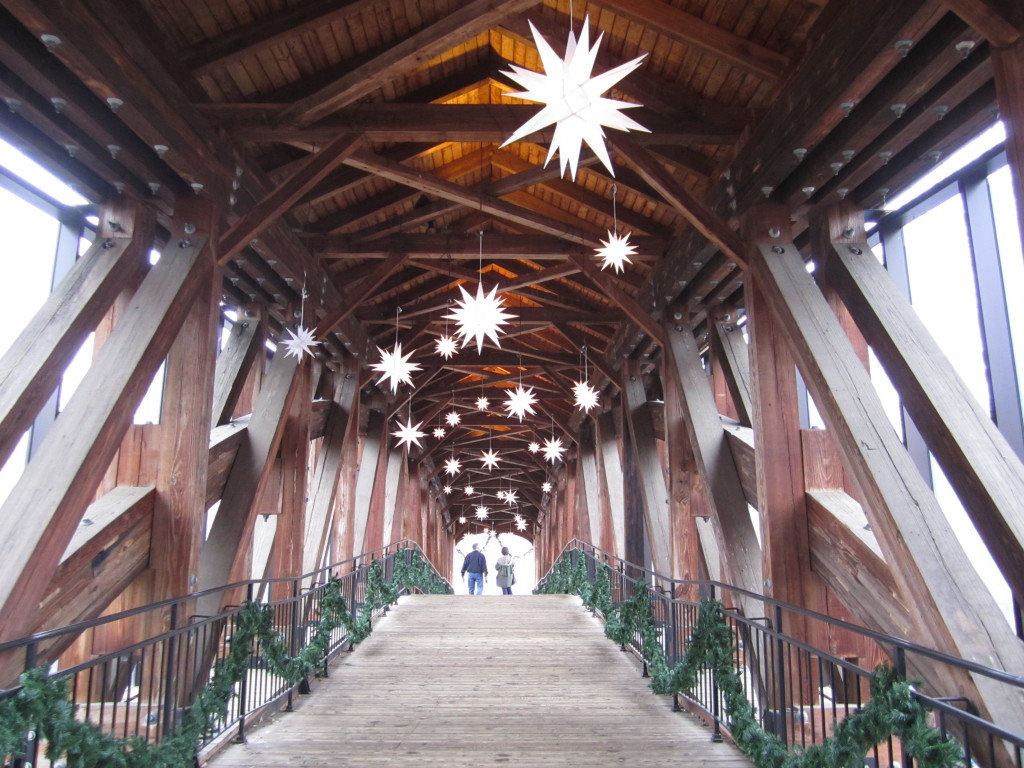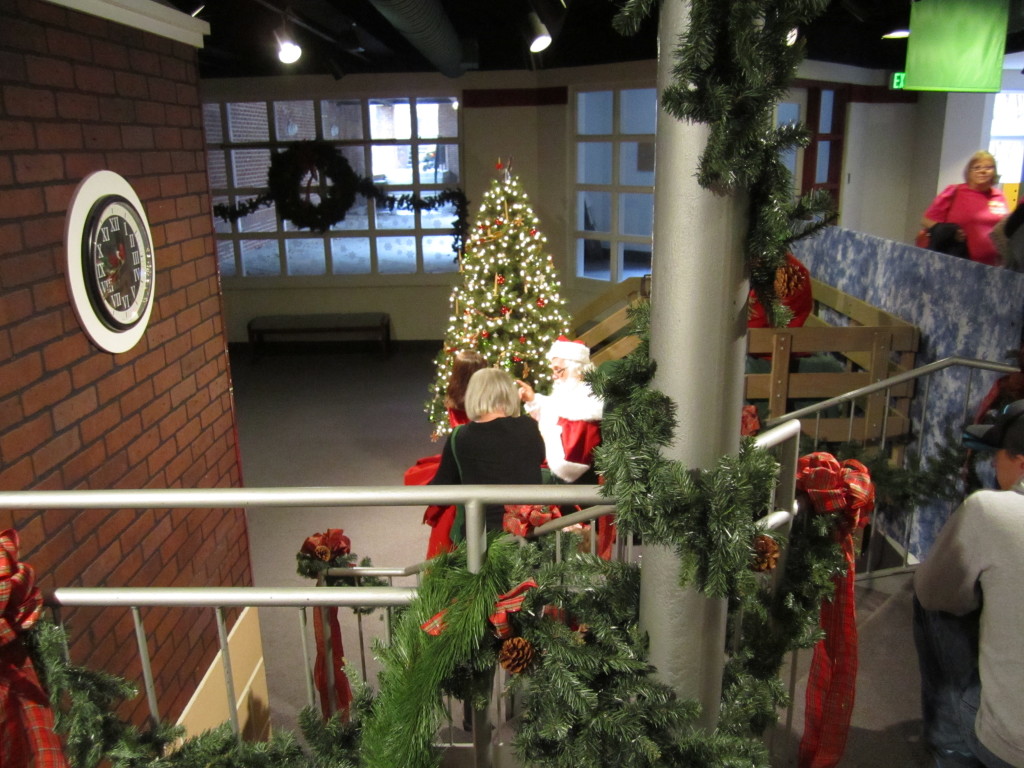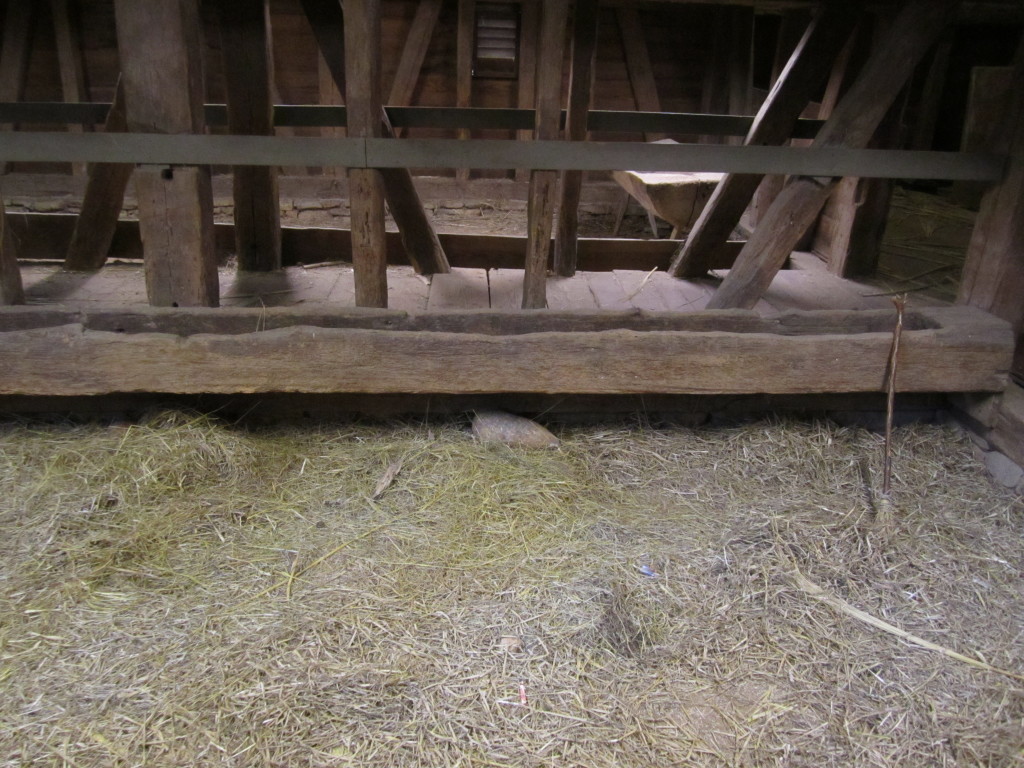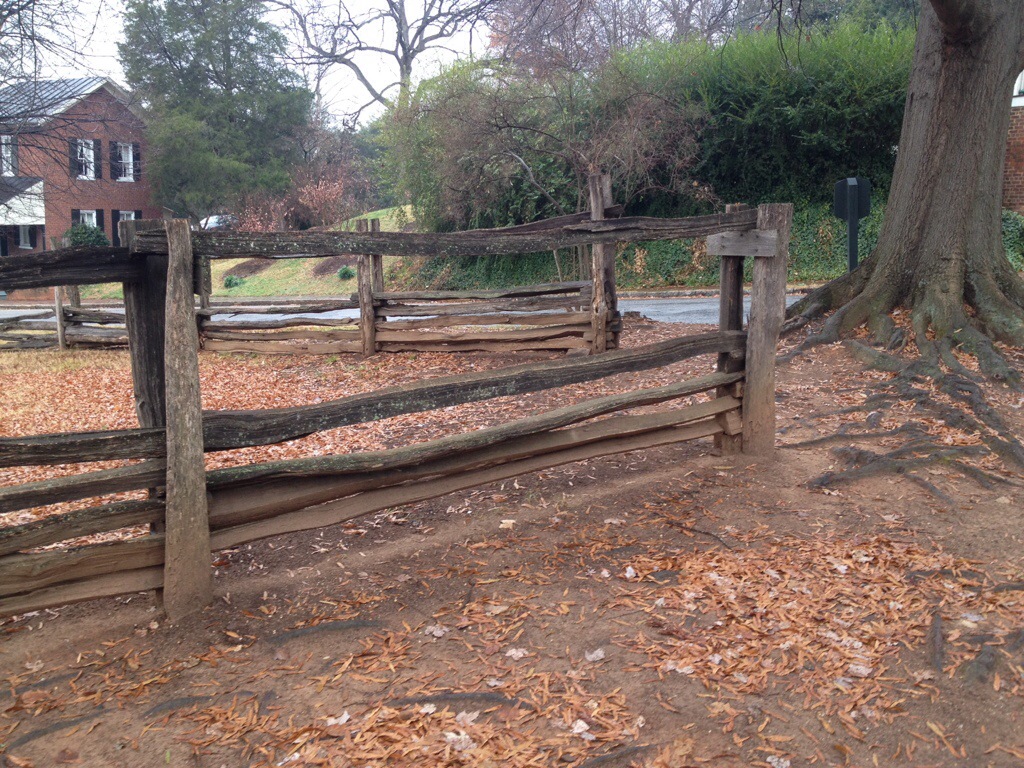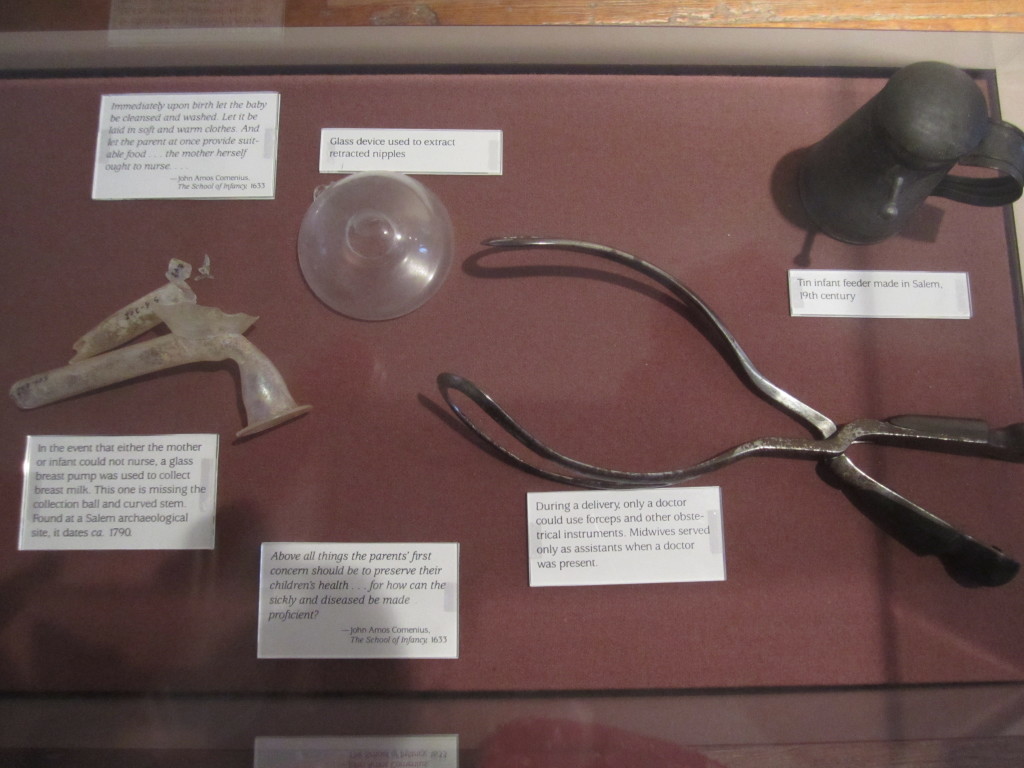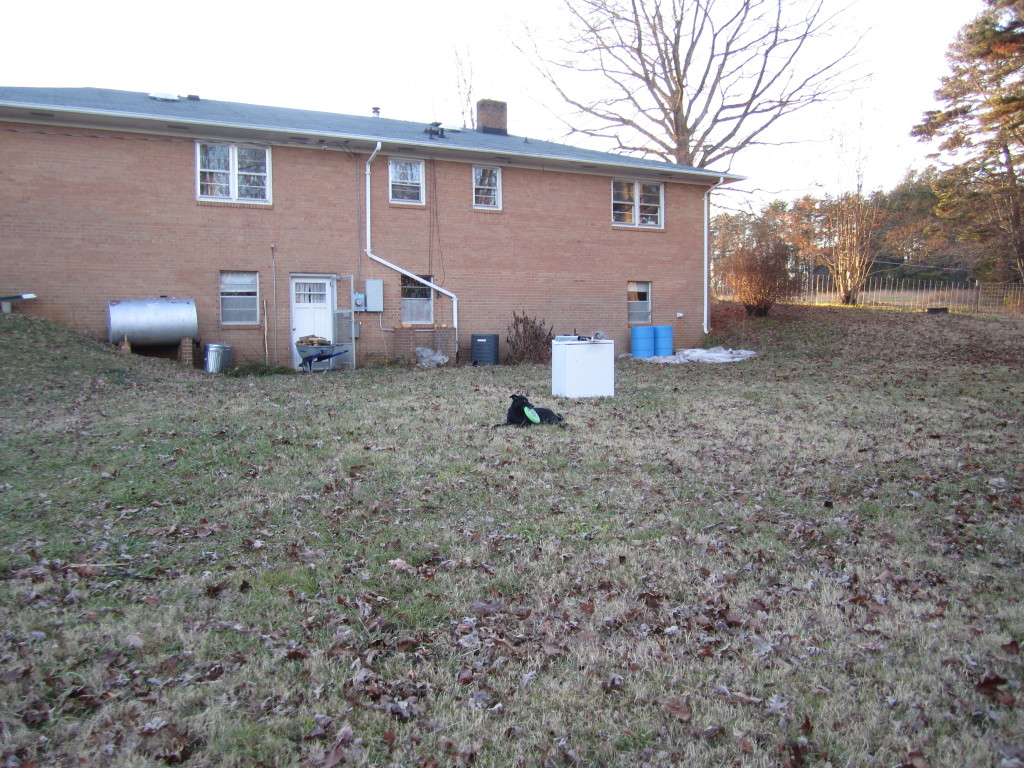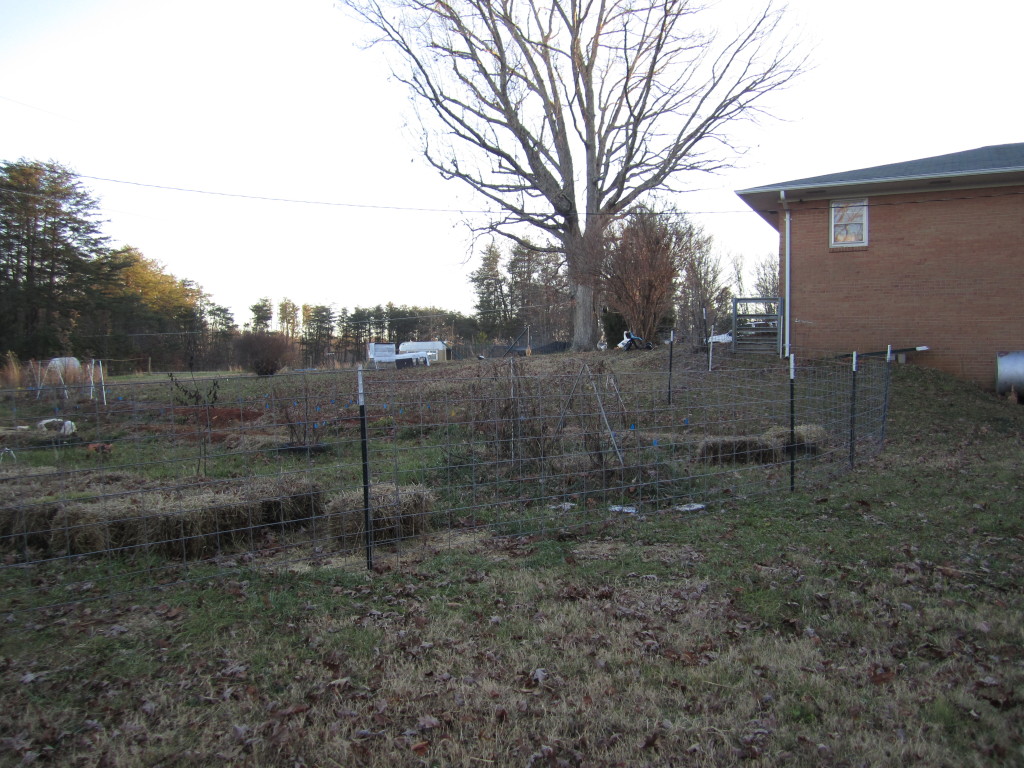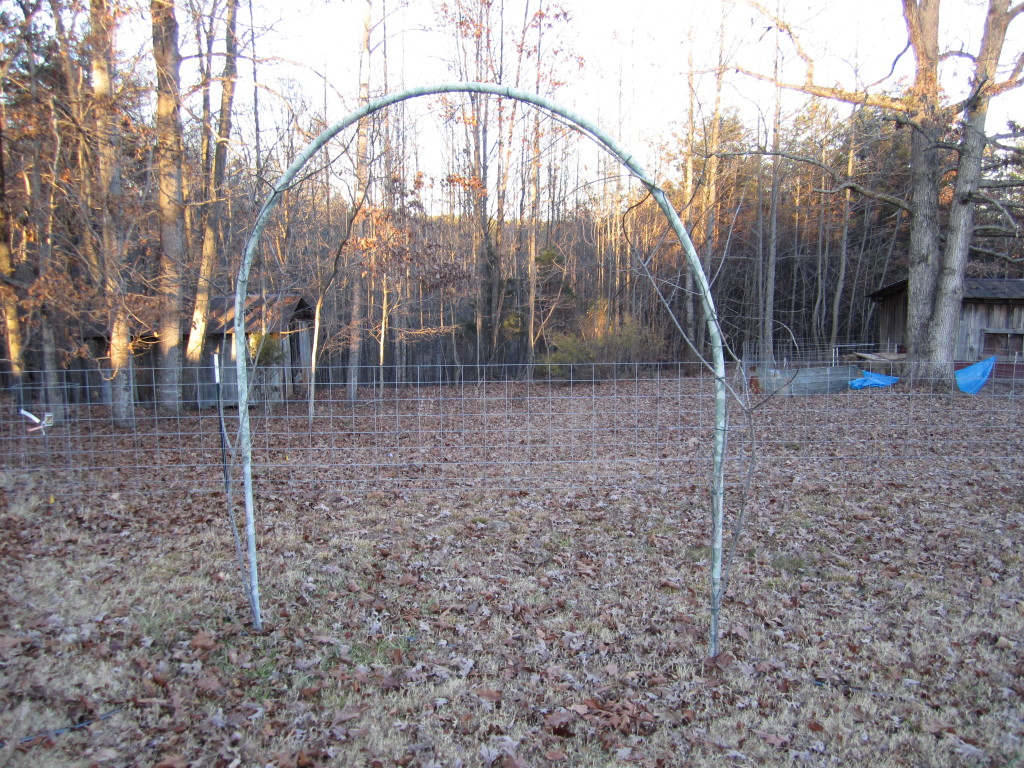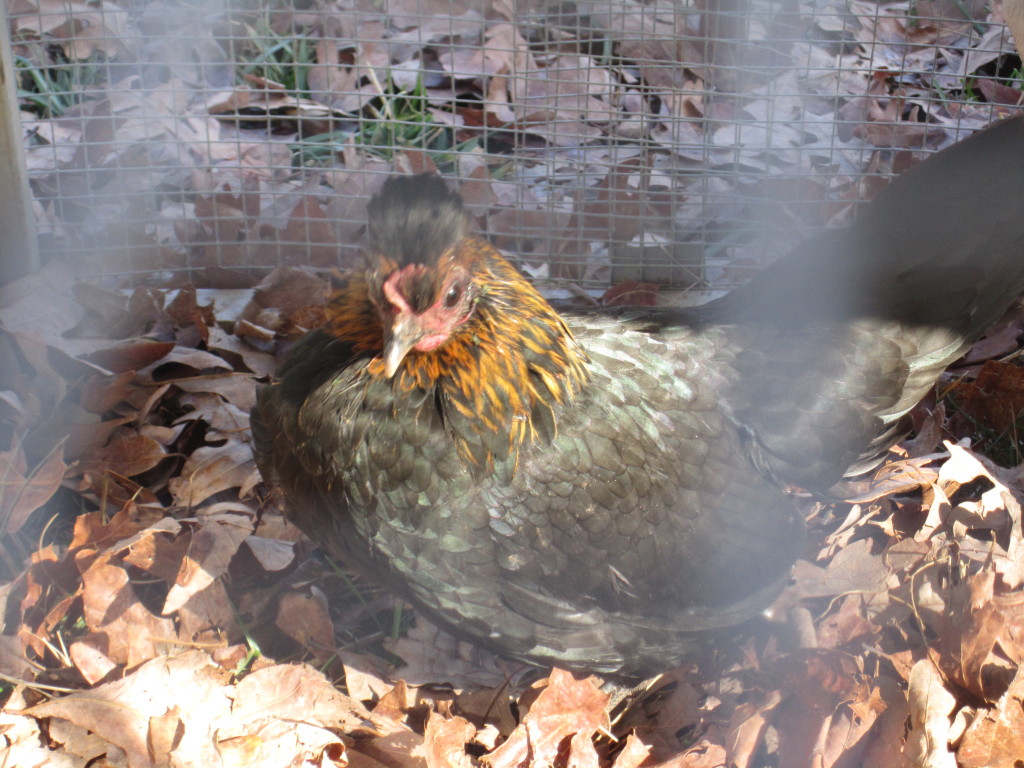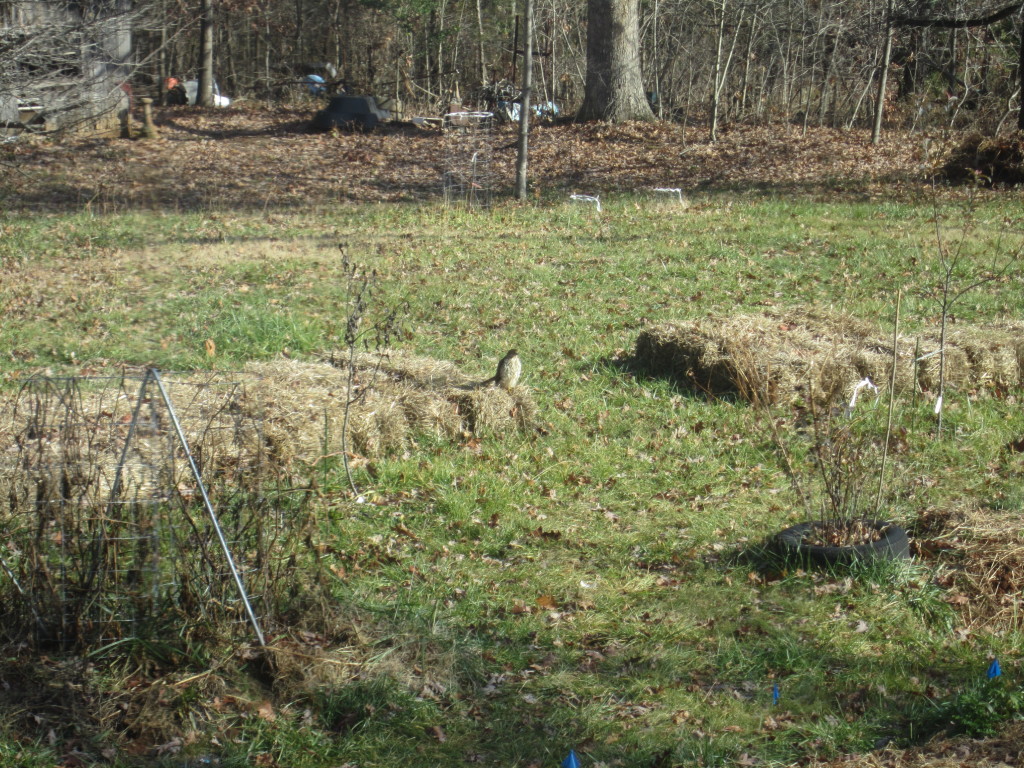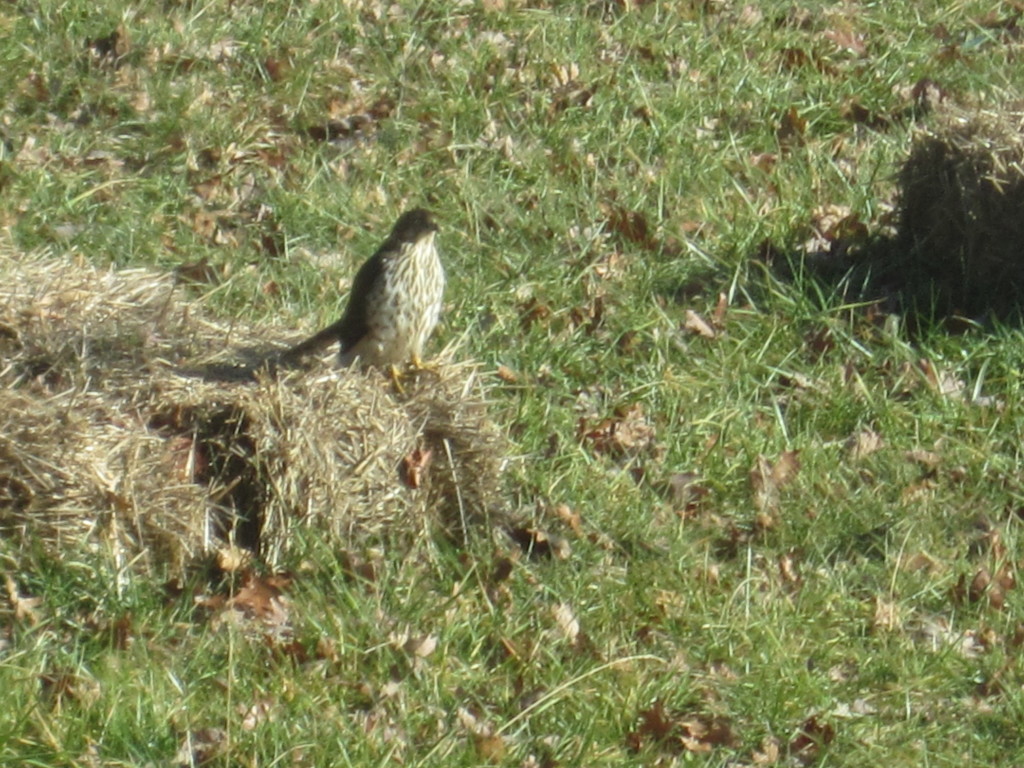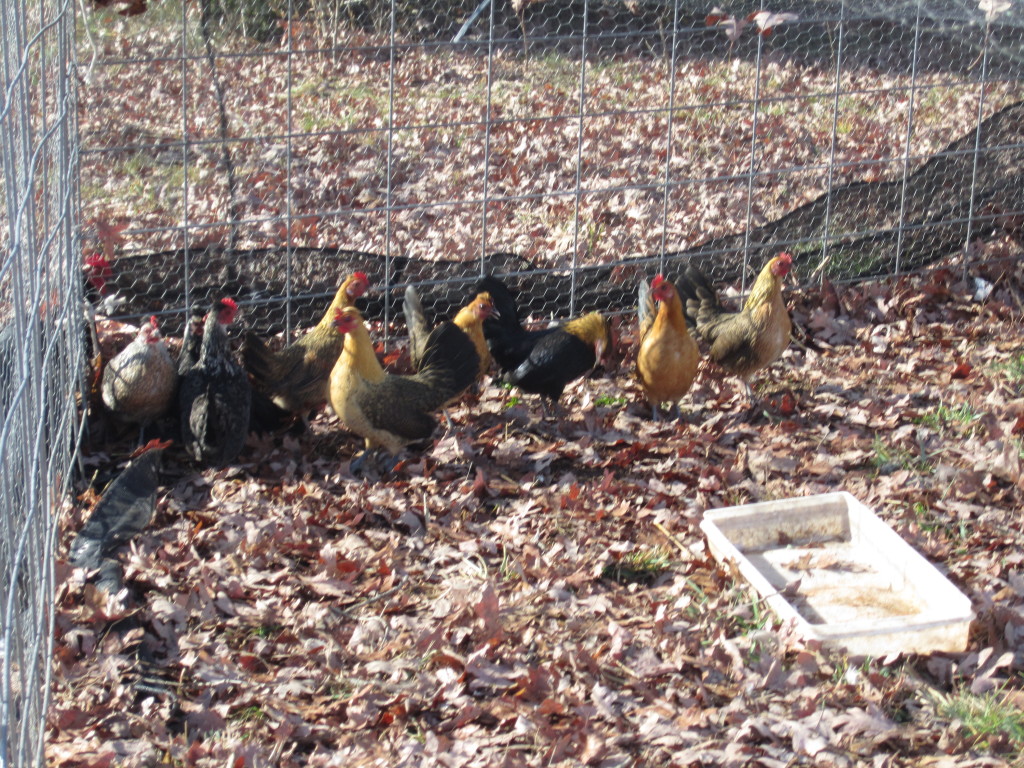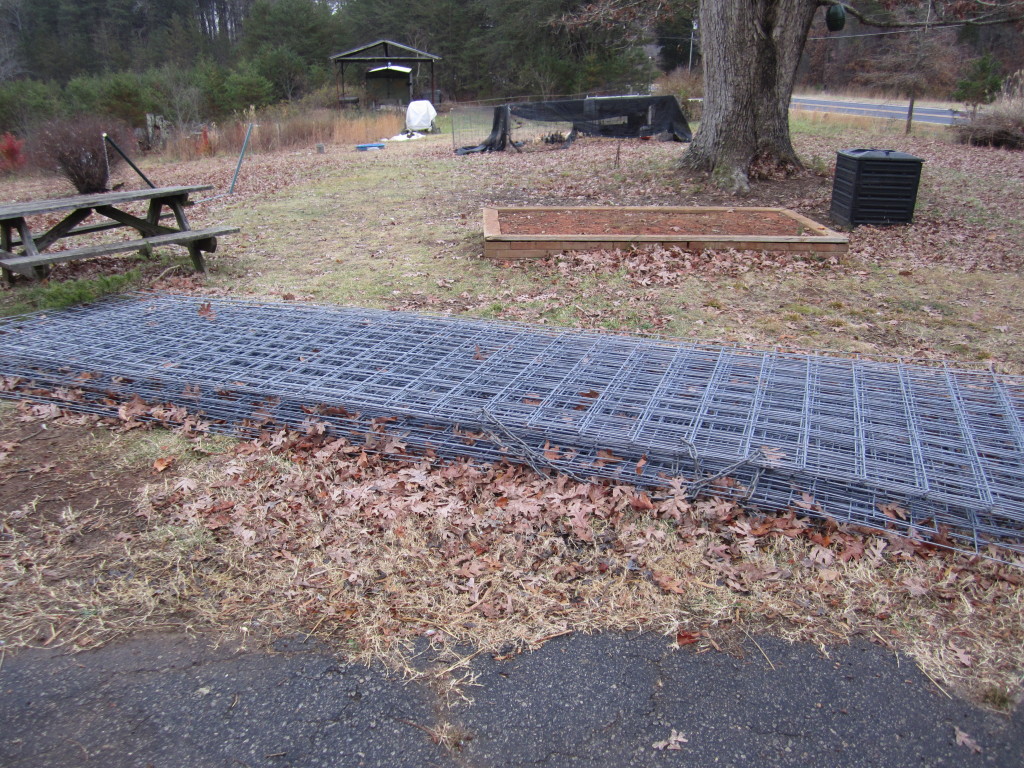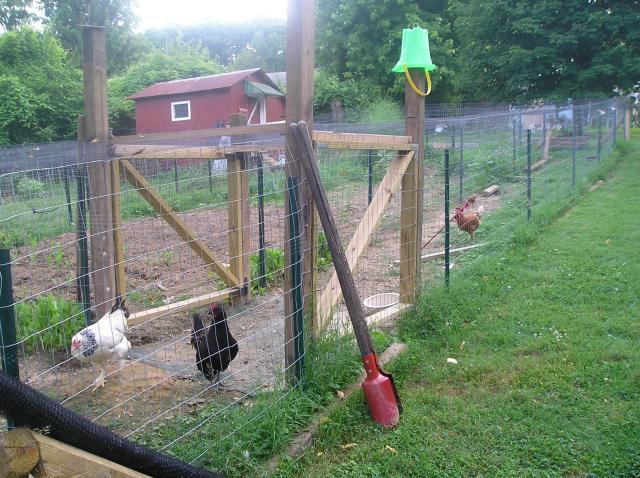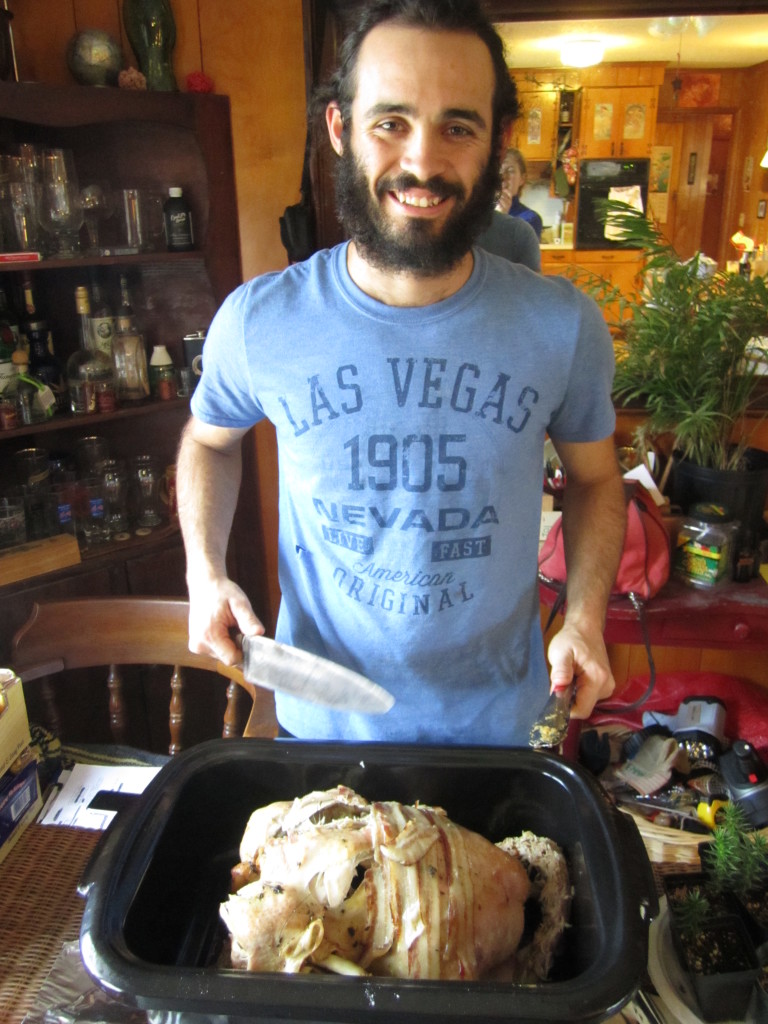Fencing is an integral part of farming, homesteading and permaculture. But there is more to a fence than just a boundary or barrier.
By laying out fencing, you create an element on the landscape that you can now design off of. Instead of having a blank canvas (sometimes the hardest thing) you have a structure that can be used and integrated into your homestead or permaculture design.
Fences create, define and reinforce zones and actvity centers. They can be also be used as trellises or in creative ways like chicken moats.
Once these sort of elements appear on your property, it becomes easier to build out around them and add other elements that coalesce into your design. An example would be: this fence divides the garden and the chickens, we need gates here, we could have 2 dwarf trees on either side of the gate, comfrey at the base, and vegetables trellised up the fence.
The next iteration of elements seems to spill out form the edges of the first, just like a forest with an advancing front of blackberries and other woody plants. I’m so excited about our new cattle panel fence, and the future of our homestead design, that I recorded this quick video today.
Also, be sure to check out Episode 2 of our his and her craft beer review series where we do an Ommegang’s Three Philosophers Review. Also, don’t forget to use our Amazon link before you do your last minute holiday shopping! Thanks!
